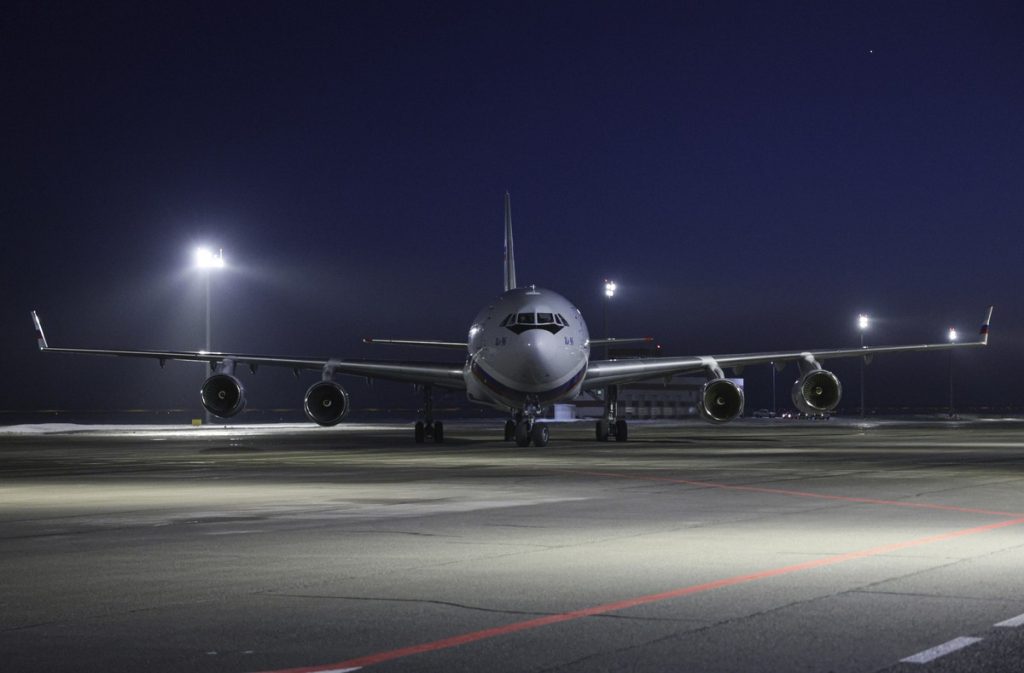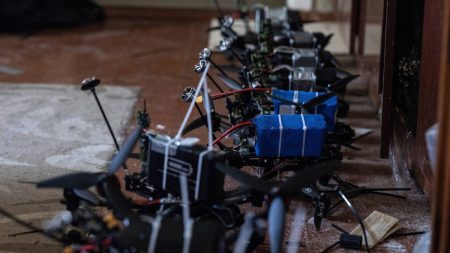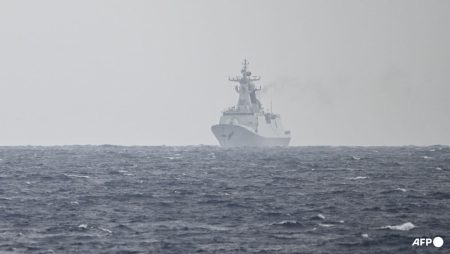The arrival of a Russian diplomatic flight in the United States in late December 2023 has sparked speculation and raised questions about the future trajectory of US-Russia relations under the incoming Trump administration. While Moscow downplayed the significance of the flight, characterizing it as a routine rotation of diplomatic personnel, the timing and context surrounding the visit have fueled intrigue given the historically strained relationship between the two nations and Trump’s stated desire for a rapid resolution to the ongoing conflict in Ukraine.
The backdrop of this diplomatic exchange is a complex and deeply fraught relationship between the US and Russia. The relationship, already at a historical low following Russia’s full-scale invasion of Ukraine in 2022, has been further complicated by escalating nuclear rhetoric and unwavering US support for Kyiv. The incoming Trump administration inherits a geopolitical landscape characterized by uncertainty and tension, with the future of the Ukraine war and its implications for NATO’s eastern flank hanging in the balance.
Adding to the intrigue surrounding the flight is Trump’s public pronouncements on his relationship with Russian President Vladimir Putin and his stated intention to swiftly end the war in Ukraine, a pledge met with both hope and apprehension. NATO officials have expressed concerns that Trump might pursue a deal with Putin that could be detrimental to Ukraine’s interests, potentially reshaping the security dynamics in Eastern Europe and jeopardizing the stability of the region. This backdrop of uncertainty and concern amplifies the significance of any high-level interaction, including seemingly routine diplomatic flights, between the two countries.
Details about the flight, gleaned from flight tracking data, paint a picture of a carefully orchestrated diplomatic mission. An Il-96, part of the Rossiya Special Flight Squadron known for transporting top Russian officials, including Putin himself, flew from Moscow to St. Petersburg on December 25th before departing for New York on December 26th. The aircraft then proceeded to Washington, D.C. on the same day, returning to New York on December 28th and subsequently back to Moscow. The use of an aircraft specifically designated for high-ranking officials, even for a purportedly routine diplomatic rotation, lends credence to the speculation surrounding the true nature and purpose of the visit.
The Rossiya Special Flight Squadron, tasked with transporting Putin and other high-ranking officials, boasts a considerable fleet and personnel, underscoring the importance and sensitivity of its operations. Comprised of approximately 2,500 individuals, the squadron operates a fleet of Il-96 and Tu-214 aircraft, as well as Mi-38 helicopters, according to Russian state media. With its roots tracing back to 1956 when the Soviet leadership opted to use civilian aircraft for transporting officials, the squadron represents a long-standing tradition of secure and discreet diplomatic travel. The fact that this specific squadron was used for what is described as a routine diplomatic rotation further fuels speculation about the true nature of the visit and the potential for undisclosed high-level discussions.
As Trump’s inauguration approaches, the focus shifts towards the transition process and the incoming administration’s preparations for assuming power. Against this backdrop of transition and uncertainty, the December flight of the Russian diplomatic aircraft takes on added significance. It serves as a tangible reminder of the complex and challenging relationship between the US and Russia, and highlights the critical need for clear communication and strategic engagement to navigate the geopolitical landscape and address the ongoing conflict in Ukraine. The unanswered questions surrounding the flight’s true purposeunderscore the importance of transparency and open dialogue in managing the delicate balance of power between these two nuclear-armed nations. The world watches closely as the incoming administration prepares to take the reins, hoping for a peaceful resolution to the ongoing conflict and a more stable international order.










